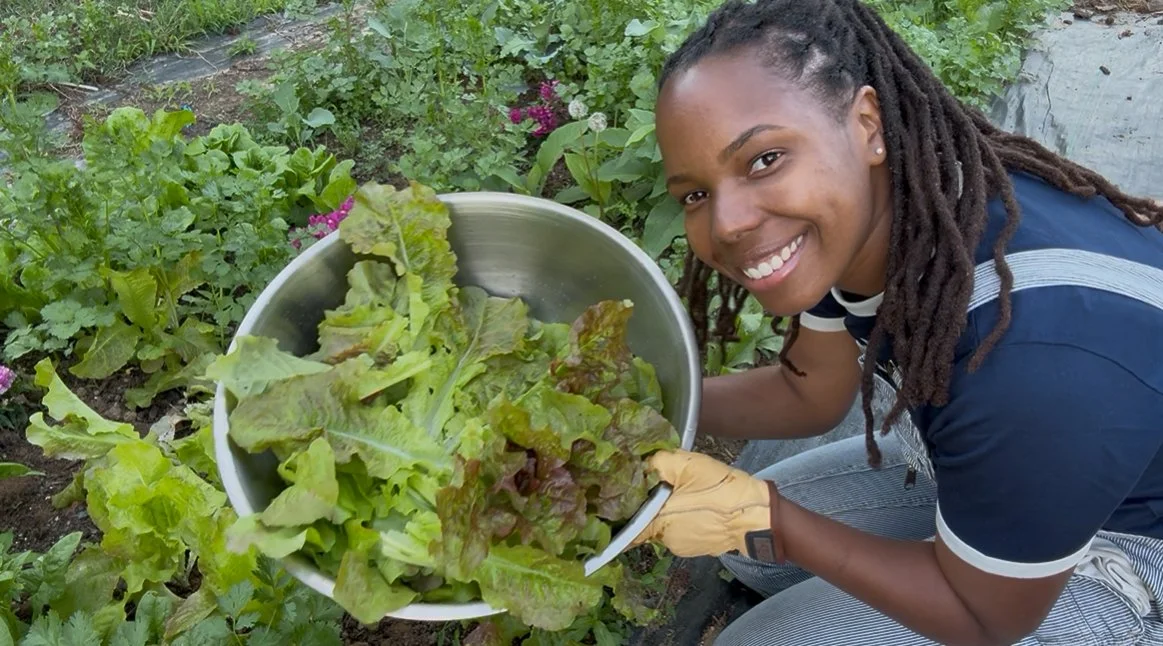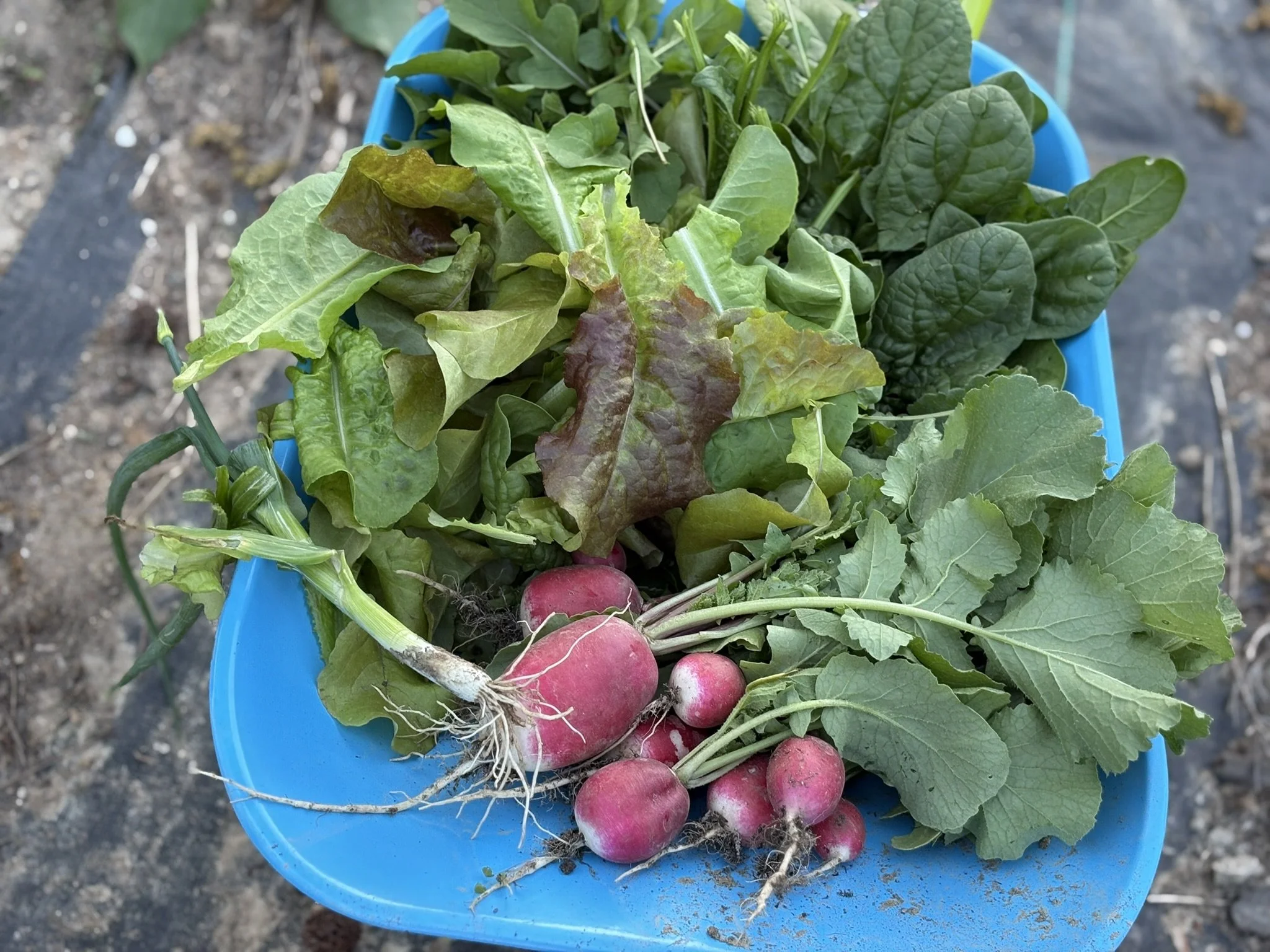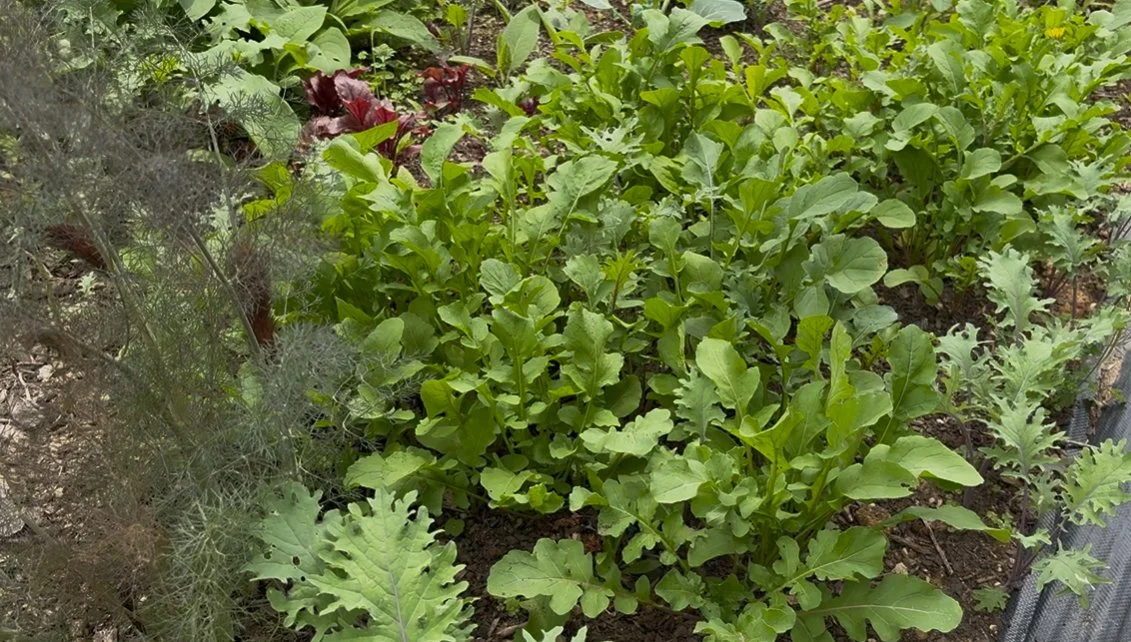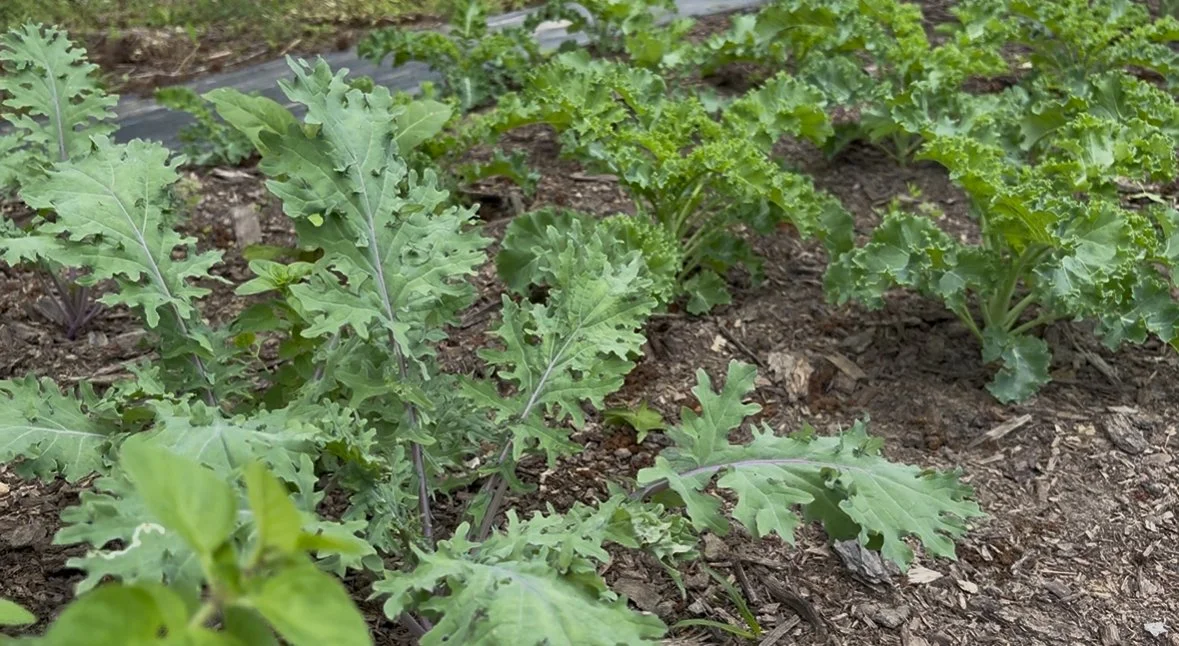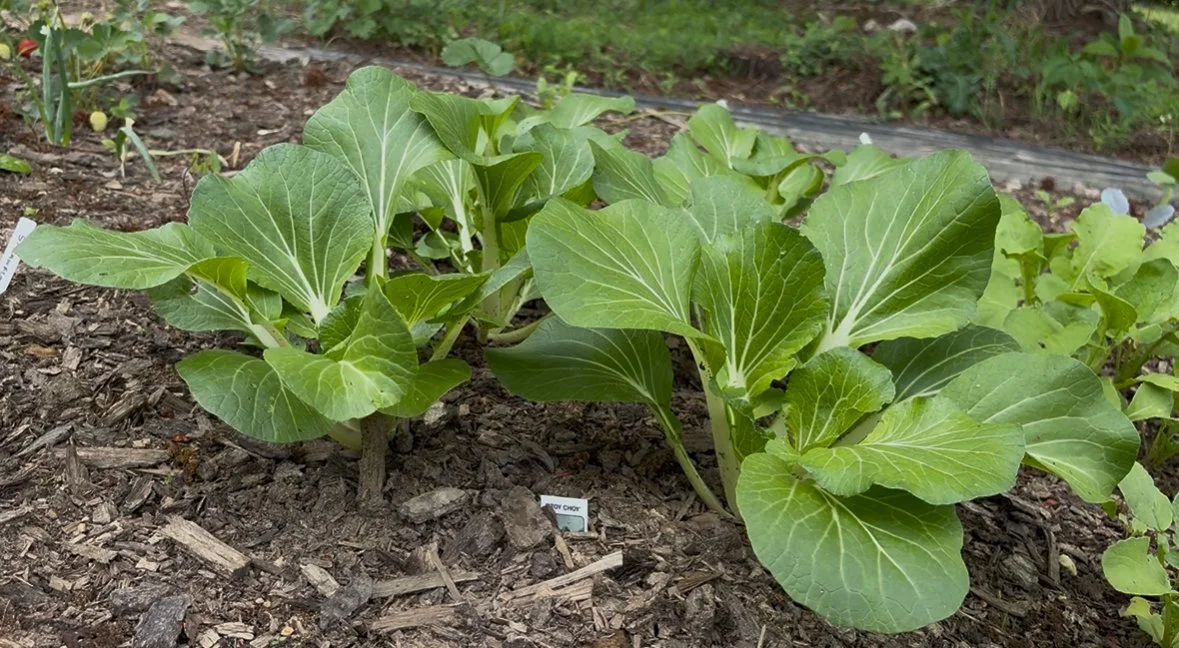🥬 Beginner-Friendly Greens to Grow This Spring
growing lettuce, salad greens, lex in the garden
How to Grow Your Own Salad—Even If You’re New to Gardening
🌱 Why Growing Greens Is the Best Way to Start Gardening
When you're new to gardening, there's a lot of advice out there—and honestly, it can get overwhelming. But if I had to recommend just one starting point for beginners, it would be this: grow your greens.
Lettuce, kale, chard, arugula—they’re fast-growing, forgiving, and give you quick, healthy rewards. This spring, I’m focusing heavily on greens that feed my family and cut down our grocery bill—and the best part? They don’t need perfection to grow.
So whether you’ve got a balcony garden, a small raised bed, or a patch in your backyard, here are my favorite beginner-friendly greens to grow this season.
radishes, lettuce, spinach, spring harvest
🥬 Top 5 Easy Greens to Grow This Spring
1. Kale (Curly, Dino & Ragged Jack)
Kale is practically bulletproof—especially in cooler spring weather. I grow multiple varieties:
Curly Kale: Hardy and productive. We’re eating this constantly right now.
Dino Kale (Lacinato): My favorite. It tastes more like cabbage than kale and holds up beautifully in stir-fries.
Ragged Jack (Red Russian): Soft, tender leaves that mix well into salads or cook quickly.
Spacing: Give kale about 12 inches between plants. These guys like room to spread!
💡 Tip: Plant kale in partial sun if you're in a hot zone—it will keep it from bolting too soon.
2. Lettuce (Prizehead & Romaine)
Lettuce is fast, easy, and satisfying. I’ve got batches planted in waves:
Prizehead: A frilly, red-tinged loose-leaf with a mild flavor.
Romaine: Crisp and upright-growing, great for Caesar salads or wraps.
Spacing: Space lettuces 4–6 inches apart for loose-leaf types, or up to 10–12 inches for full heads like romaine.
💡 Tip: Harvest the outer leaves first to extend the life of the plant (called "cut-and-come-again" harvesting).
3. Swiss Chard
Swiss chard is both beautiful and versatile. It tolerates heat, recovers quickly after harvest, and works well in cooked dishes. I let some of mine go to seed for next season!
💡 Tip: Cut outer leaves near the base with sharp scissors. Leave the center intact so the plant keeps growing.
4. Arugula
Spicy, fast, and full of character. Arugula is a great “accent green” in salads and self-seeds easily if you let it bolt.
Spacing: Give arugula about 4–6 inches between plants. It doesn’t need much room to thrive.
5. Toy Choy (Baby Bok Choy)
A compact, quick-growing leafy green that’s ideal for stir-fries. You can harvest it young or let it mature.
Spacing: For baby bok choy, 6–8 inches is usually enough. For larger varieties, give 10–12 inches.
arugula, kale
🐛 Common Pests That Attack Brassicas (and What to Do)
Brassicas (kale, broccoli, cabbage, etc.) are delicious—to people and pests alike! If you're growing them, watch out for:
Cabbage loopers (green caterpillars)
Aphids (tiny green or black clusters on undersides of leaves)
Flea beetles (tiny black jumping beetles that create holes in leaves)
Cabbage worms (small white butterflies lay eggs that hatch into green worms)
Harlequin bugs (colorful but destructive—suck sap from leaves)
What works for me:
Bt (Bacillus thuringiensis): Organic spray that targets caterpillars without harming bees or pets.
DE (Diatomaceous Earth): Dust over leaves—effective for soft-bodied insects like caterpillars and beetles.
Neem oil: Good all-around organic pest deterrent.
Row covers: Especially helpful for young plants—keeps pests from laying eggs.
💡 Check plants at least twice a week during peak spring growth and after rain. Early detection makes all the difference!
ragged jack kale, curly kale plants, spring vegetables
✂️ How (and When) to Harvest Your Spring Greens
Knowing when and how to harvest greens can dramatically increase your yield and plant life. Here's how I do it:
✅ For Cut-and-Come-Again Crops (Lettuce, Arugula, Swiss Chard):
Harvest the outer leaves with scissors or pinch them by hand.
Always leave the center ("growing crown") intact.
Frequency: You can harvest every 3–5 days, depending on growth. Don't let greens sit too long or they'll get bitter.
✅ For Whole-Head Crops (Baby Bok Choy, Romaine):
Wait until heads are compact and full (but not bolting).
Use a sharp knife or scissors to cut the whole head at soil level.
You can replant or wait for volunteers to pop up.
💡 Morning is the best time to harvest greens—they’re crisp, cool, and not wilted by the sun.
Toy choy plants
📏 Quick Spacing Reference for Beginners
For plant spacing, I typically use the Farmer’s Almanac Garden Planner here: Vegetable Garden Planner and Garden Design Software
Plant & Spacing
Loose-leaf lettuce 4–6 inches
Romaine lettuce 8–12 inches
Kale 12–18 inches
Swiss chard 8–10 inches
Arugula 4–6 inches
Toy choy 6–10 inches
Cabbage/Brussels 12–18 inches
Giving your plants enough space helps with airflow, reduces disease, and gives roots room to grow.
🎥 Want to See My Garden in Action?
Watch the full May garden tour here:
You’ll see all these greens growing in real time—plus a lots of blueberries, tomato plants, and my comfrey confessions 😅.
💬 Let’s Talk Greens!
Have you planted any greens this season? Which ones are your favorite?
Drop a comment below or DM me on Instagram—I’d love to know what you’re growing this spring 🌱
If you found this helpful, please share it, save it, or pin it for later!

